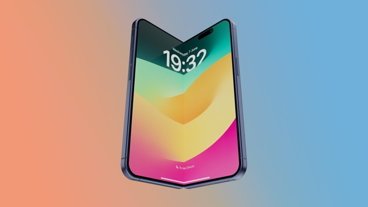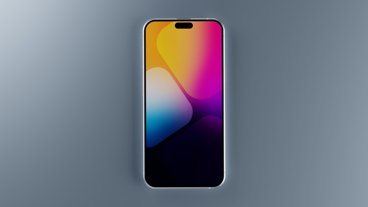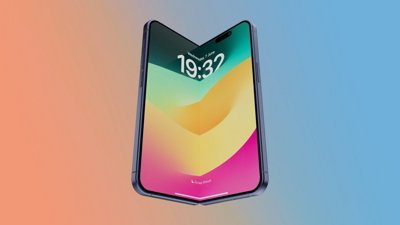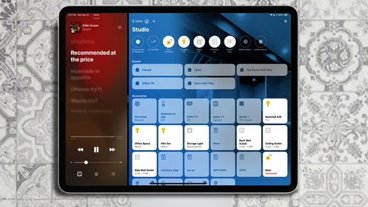A change in the display technology used in the iPhone 19 may mean that the screen uses less power, prolonging battery life for users.
The display is one of the components that consumes a high amount of power when used. As changes made to the display can greatly affect battery usage, Apple is keen to keep the screen as power-efficient as possible.
The current iPhone 16 Pro models use a low-temperature polycrystalline oxide (LTPO) OLED display, which is designed to conserve power. However, a tweak to the design will help cut its power draw down more.
According to The Elec , Apple is reviewing a tweak to the design. The new version would apply the oxide to the driving thin-film transistor (TFT), which can reduce power consumption further.
The oxide can be applied to to some driving and switching TFTs in the display, with the current plan to expand its use. In the iPhone 17 models due later in 2025, it is thought that the oxide is only applied to two switching TFTs, but the driving TFT could change to use it next.
The Elec is fairly accurate when it comes to supply chain reporting, but less so when it comes to Apple product features. The report seems plausible, given Apple's general tendency to try and minimize battery usage where possible.
On all models
Currently, the iPhone 16 Pro models use an LTPO TFT display, while the iPhone 16 uses a low-temperature polycrystalline silicon (LTPS) method. LTPS has a higher power consumption than LTPO.
The iPhone 17 range set to be released in the fall is anticipated to have LTPO TFT used across all models, rather than just the Pro tier. However, this won't be the updated design, which isn't expected until 2027 at the earliest.
For Apple, the iPhone Air is the model that is most likely to benefit from the display change. As the thinnest model, and expected to have lower battery capacity than the others, Apple would need to save all the battery life that it can.
This may also apply to the iPhone Fold, which is also expected by 2027. Using a large flexible display and a secondary outer screen, it has a great potential for high power draw.
To make the change in the 2027 displays, Apple's suppliers will have to make investments in their production lines. One 1.26 trillion won OLED investment announced by LG Display on June 17 is thought to include investment in the additional equipment.
 Malcolm Owen
Malcolm Owen








 Wesley Hilliard
Wesley Hilliard
 Christine McKee
Christine McKee
 Marko Zivkovic
Marko Zivkovic



 Andrew Orr
Andrew Orr
 William Gallagher
William Gallagher







There are no Comments Here, Yet